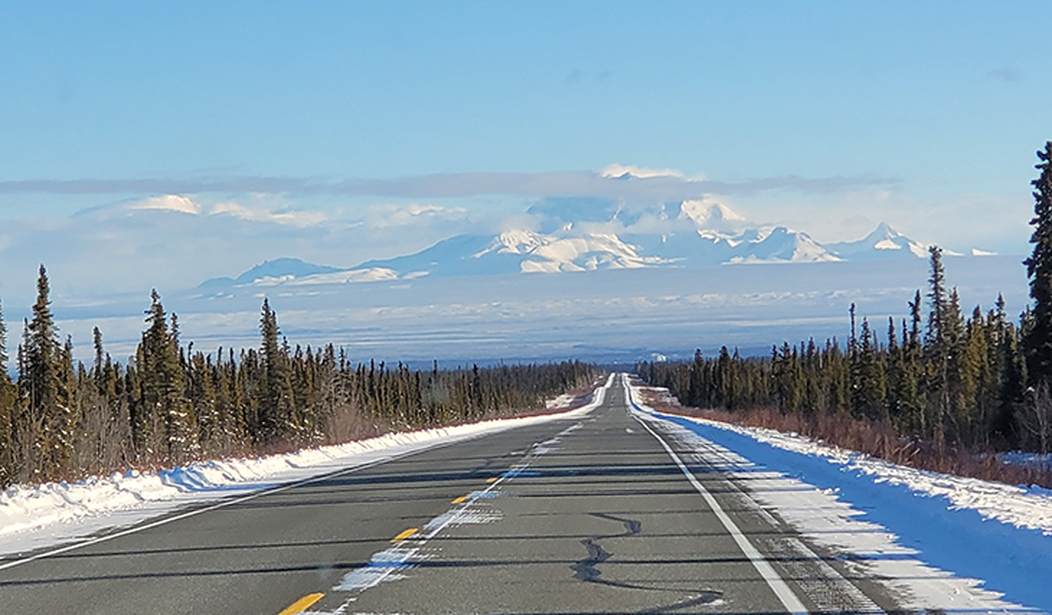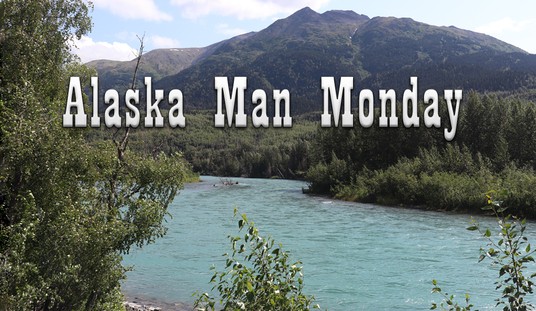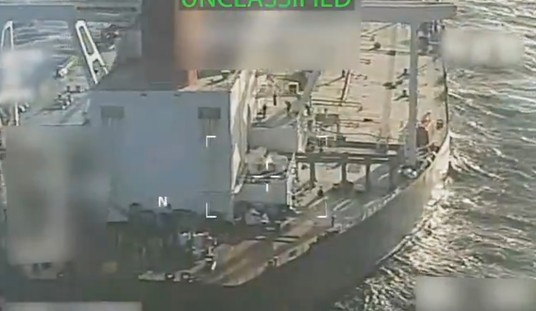When I was a boy, back in eastern Iowa, I remember being fascinated by the idea of mountains. We lived in the rolling hills of eastern Iowa's farmland for a while, and then in the hills of Allamakee County, so I didn't see mountains for myself until Uncle Sam sent me to Ft. Lewis, Washington, where I not only saw mountains, but got to carry a pack and weapons up and down those mountains. Odd, but it always seemed that we spent at least twice as much time going up as going down.
Later, I moved to Colorado, and it was there that my love for the mountains really developed.
Most of our planet's mountains are the product of plate tectonics. Earth's massive continental crust plates slide around on the planet's mantle like, in geological terms, pats of butter sliding around on a hot griddle. When they come together, collide, mountains are pushed up as the crust wrinkles and is crushed. The mountains of the western United States were formed that way, for the most part, including most of Alaska's mountains. The Appalachians are the stumps of much more ancient mountains, formed in the same way. And, in Asia, the Himalayas are still growing as the Indian subcontinent continues to push its way into Asia.
These are massive forces, taking millions of years; like so many of the Earth's cycles and systems, it's vast beyond our capacity to easily understand. But the result, our mountains, are some of the greatest places to explore.
Some years ago, I was bumming around in the mountains south of Eagle, Colorado - I had told my family that I was "scouting for elk season," but mostly I was woods-bumming, which is one of my favorite pastimes. I was seated at the top of a vast valley, a rift in the mountains, called McKenzie Gulch; maybe a mile across at the top, hundreds of feet deep. I had been down in that gulch before and had made the climb out, but on this day, I felt no need to do that. I was eating my lunch, listening to the wind in the spruces, when a bird - a Clark's Nutcracker - took off out of the tree I was leaning against, set his wings, and effortlessly glided across that great gulf of air to the other side.
It would have taken me the better part of the day to achieve what that bird did in a minute. How I envied him!
I've spent a lot of time in the mountains. When I was younger, I thought nothing of hiking miles into the wilderness. I spent many a morning shivering in a high meadow, watching as the sun slowly climbed above the trees to take some of the chill out of the air. I've followed herds of elk for two or three days, tracking all their moves, stopping when it grew too dark to see, wrapping up in a space blanket, and dozing until the moon came out and allowed me to get back on the trail. These days, I'm not quite so ambitious, as time works its will on us poor humans at a much faster pace than it does on the mountains. But I don't enjoy my time in the wild places any less.
Read More: Photographs and Memories: Shadows of Autumn
Photographs and Memories: What Happened to Colorado?
Some precautions are in order, though, for anyone who is thinking of wandering the wild mountains. The mountains, like the sea, can kill you very easily if you aren't prepared. Even in the southwestern United States, where one doesn't expect the freezing temperatures of the northern Rockies or the Alaskan ranges, one has to be prepared. Weather changes quickly in the mountains, and cold rain can bring on hypothermia, which can be fatal. In the north, a warm, sunny morning can give way to heavy snow in the afternoon. Anyone wandering the wild mountains at any time must carry extra clothing, the means to start a fire, including dry kindling, and either clean water or a filter to run water through for drinking. A human can go much longer without food than without water, after all, even in cool weather.
In some places, in fact, many of our wild places, a good sidearm is also in order. Here in the Great Land, we have bears and moose, both of which can be fractious, but even in the lower 48, there are critters that one should watch out for. Loyal sidekick Rat and I once had a few uncomfortable moments facing down a bull Shiras moose in the White River National Forest, and a friend of mine who was looking for shed antlers in Colorado's Flattops once had a close call with a big tom mountain lion.
None of these risks are insurmountable. One just has to think ahead. And the rewards are more than worth any risk.
Naturalist John Muir once said:
The world is big, and I want to have a good look at it before it gets dark.
That's my attitude as well. Now, in our golden years, my wife (who loves the mountains as much as I do) and I have a glorious, huge, Great Land to explore, much of it covered in mountains. We want to see as much as we can - before it gets dark.













